Note: This post contains affiliate links which means if you click on a link and purchase an item, we will receive an affiliate commission at no extra cost to you.
Ready to learn the most important takeaways from Mindset in less than two minutes? Keep reading!
Why This Book Matters:
World-renowned Stanford University Psychologist Carol Dweck explains how critical having a growth mindset is when it comes to achievement and success in any aspect of your life.
The Two Mindsets:
- Fixed Mindset: success is a byproduct of natural talent
- People with a fixed mindset believe that they’re either born good at something or they aren’t. This leads them to not work as hard, give up more easily, and reject constructive criticism.
- Example: You have a fixed mindset if after two failed attempts at cooking you say “I can’t cook” and never try again.
- Growth Mindset: success is a direct result of effort and hard work
- People with a growth mindset are perpetually learning and improving. They embrace challenges, grow from failure, value constructive criticism, and learn from others’ success.
- Example: Mozart studied and practiced relentlessly for ten years before he was able to produce his first successful symphonic composition.
Key Takeaways:
- The mindset of a business leader can make or break a company.
- Companies that are focused on consistently improving and innovating are far more likely to be successful than companies that are content with their current success.
- Example: IBM, a dying company plagued by a dog-eat-dog culture witnessed an 800% jump in growth under CEO Lou Gerstner and his improvement/growth focused leadership.
- The most successful athletes practice a growth mindset.
- While most top athletes possess some degree of natural talent, persistent effort and relentless determination separates the good athletes from the truly great athletes.
- Example: World class gold medal record holding swimmer Michael Phelps practiced day after day for years with the single goal of constant improvement.
- Relationships often fall apart because of at least one partner’s fixed mindset.
- Couples with FM feel that if relationships don’t work it wasn’t meant to be. GM focused partners work together to find solutions to strengthen a weak relationship.
- Example: Many couples seek counseling because their GM leads them to take whatever step necessary to work through their problems to become a stronger couple.
- Teaching the proper mindset is crucial during childhood development
- Parents and teachers who approach children with a growth mindset teach children to work hard, learn new things, and push through adversity.
- Example: Parents who say “you are so smart” to their child who did well on a math test are teaching their kids a fixed mindset. Those who congratulate their child on their hard work are teaching their child a growth mindset.
- Mindsets are learned and can be changed.
- Moving from a fixed mindset to a growth mindset can feel uncomfortable at first, but with persistence, you can change the way you view your failures and successes.
- Example: The person who is sure they suck at cooking, who may feel uncomfortable at first, will start to improve if they work hard enough and are dedicated to doing so.

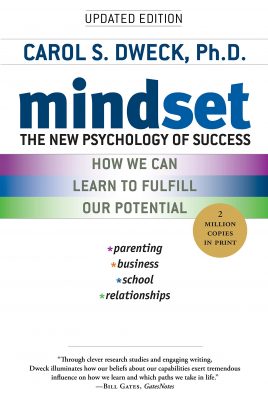
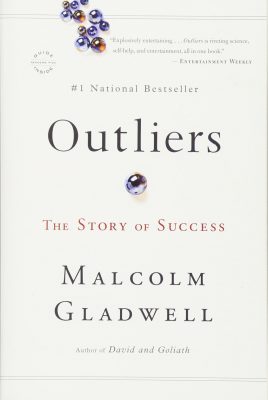
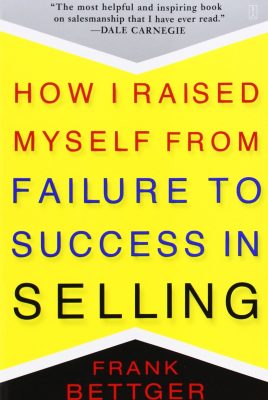
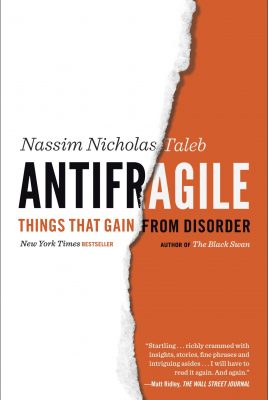

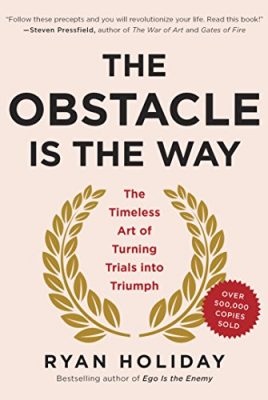

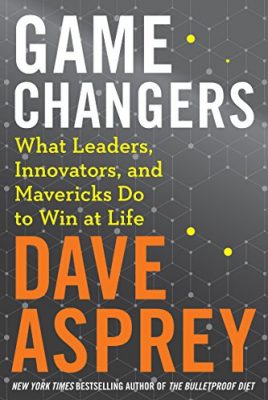
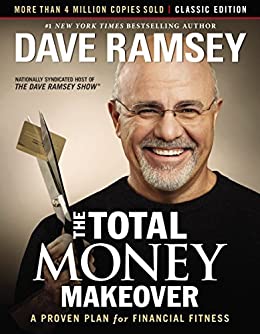
Leave a Reply
View Comments